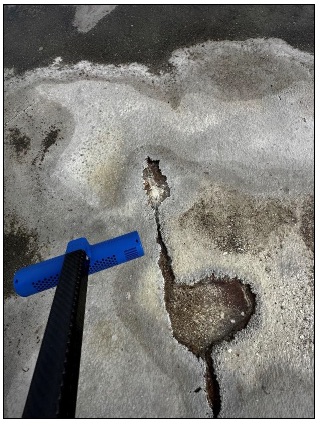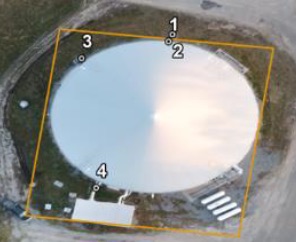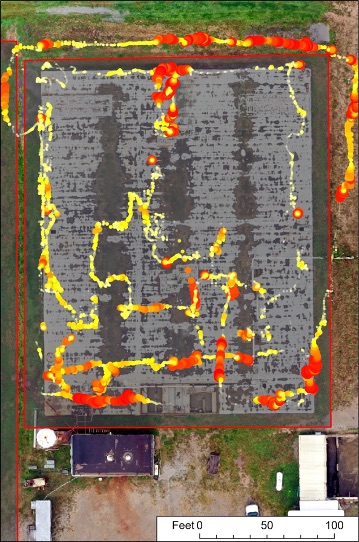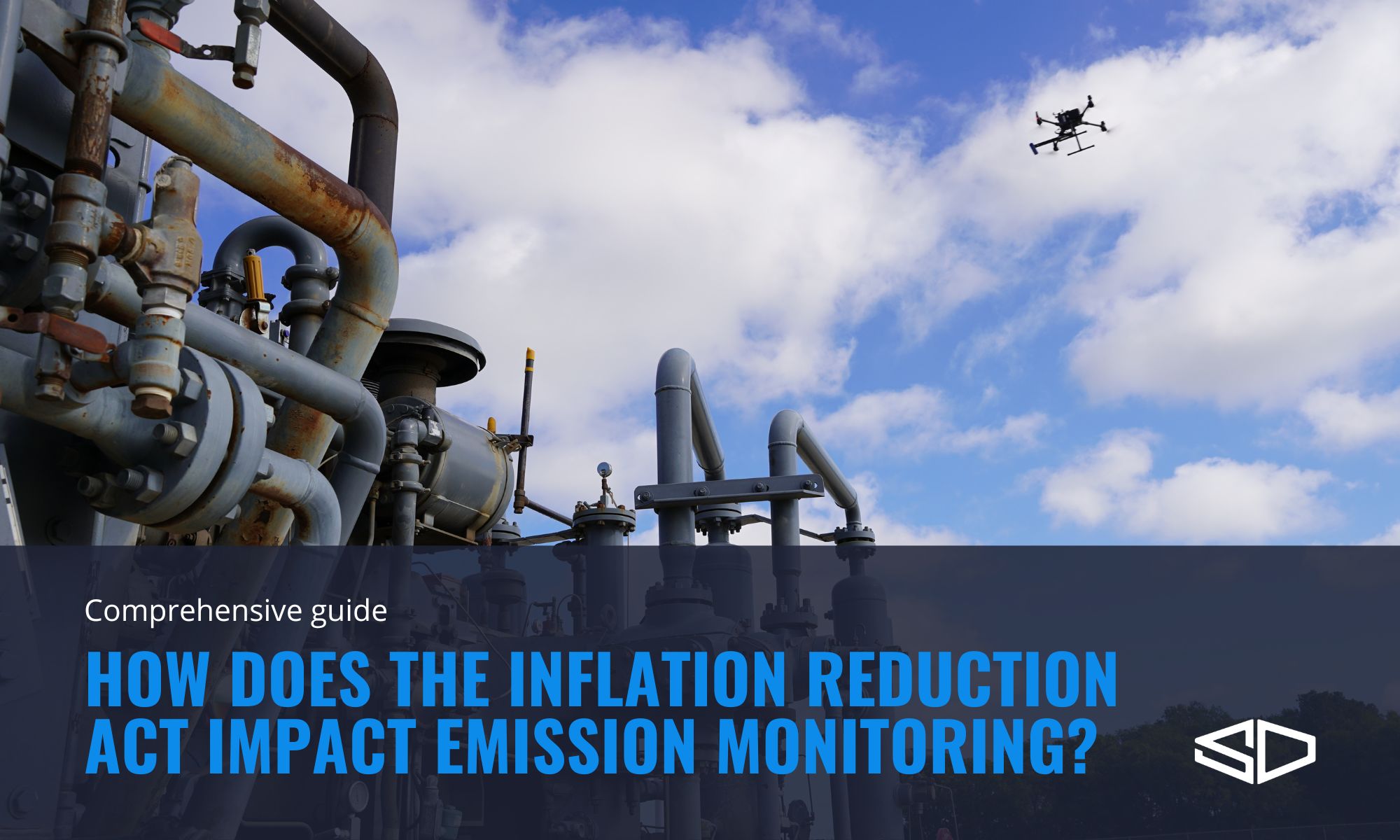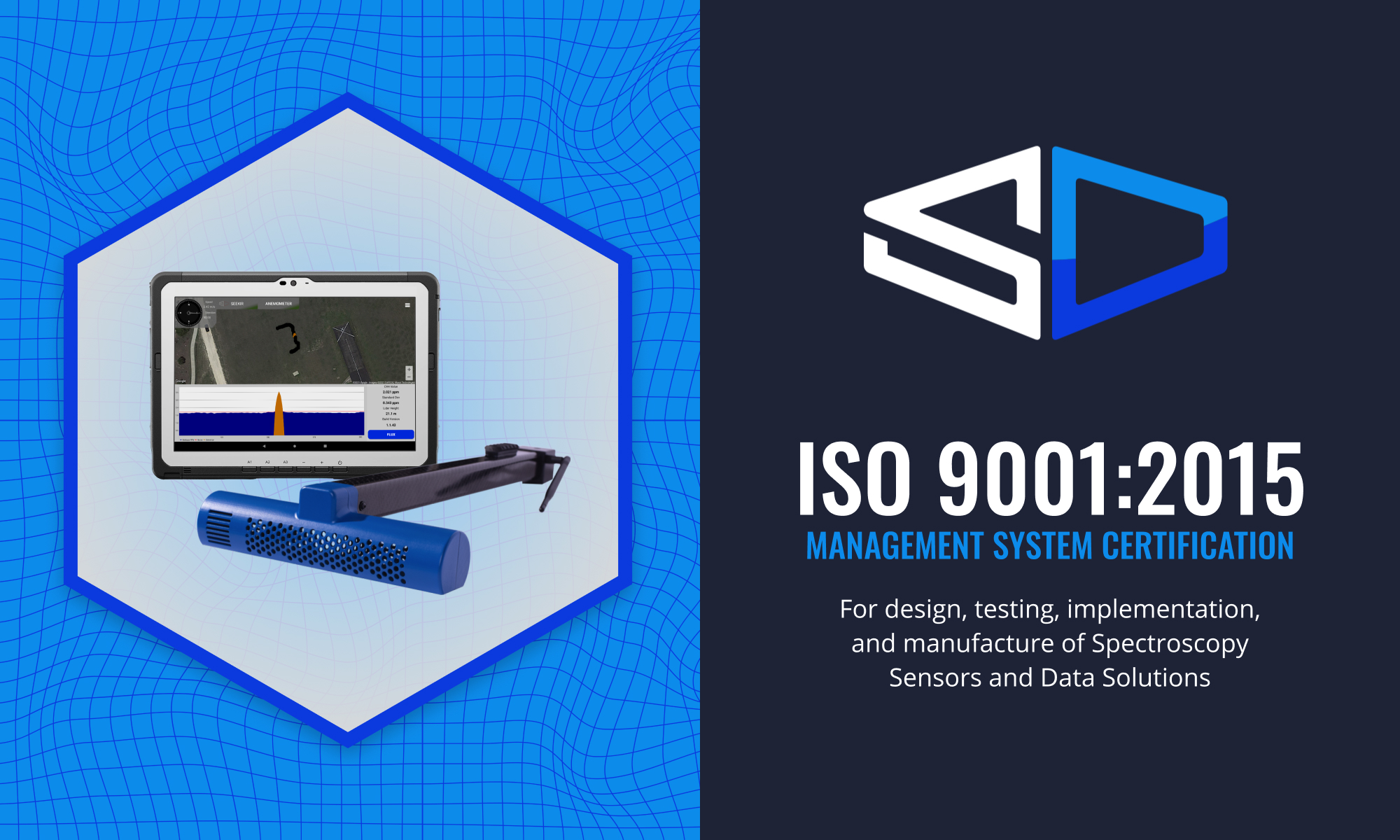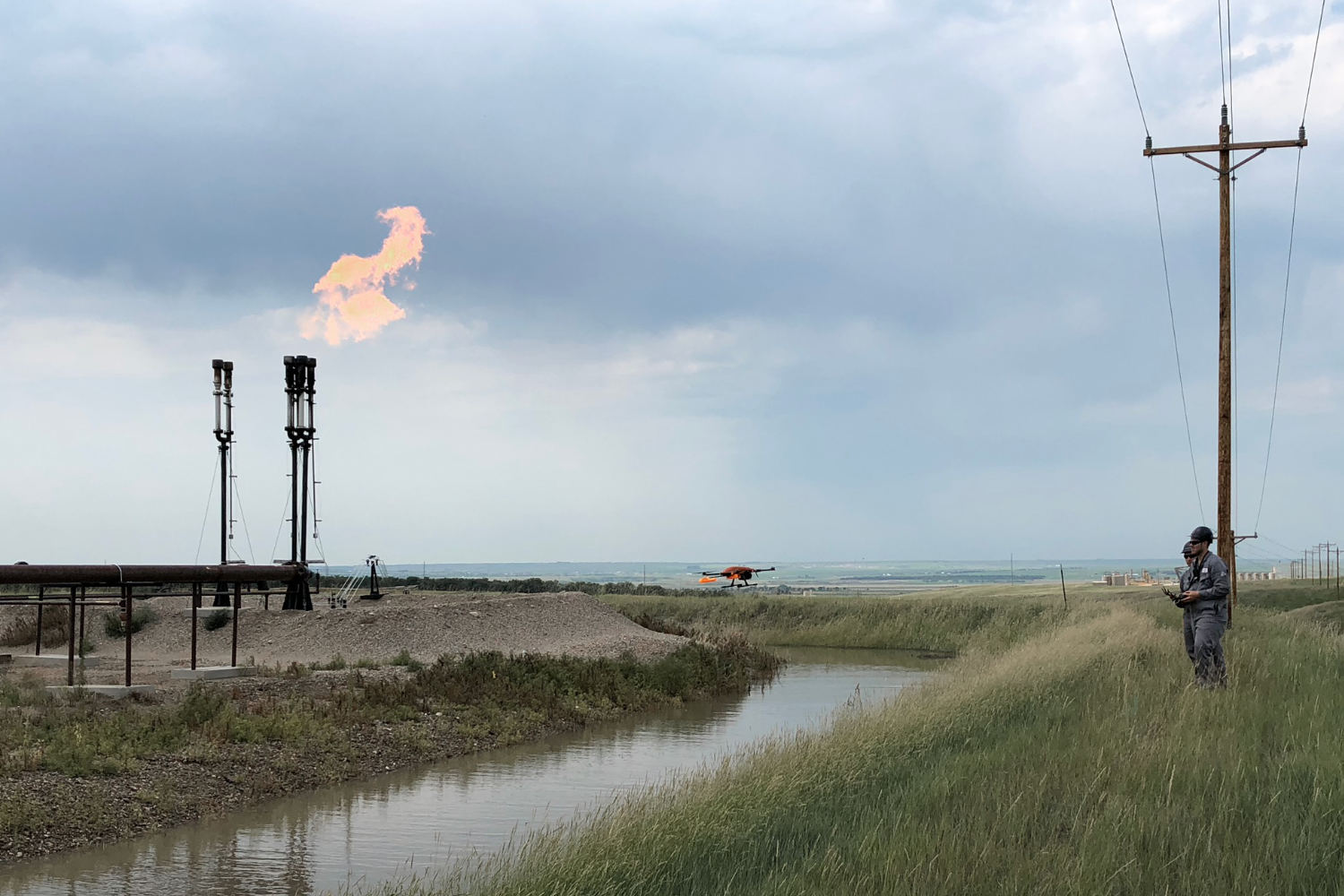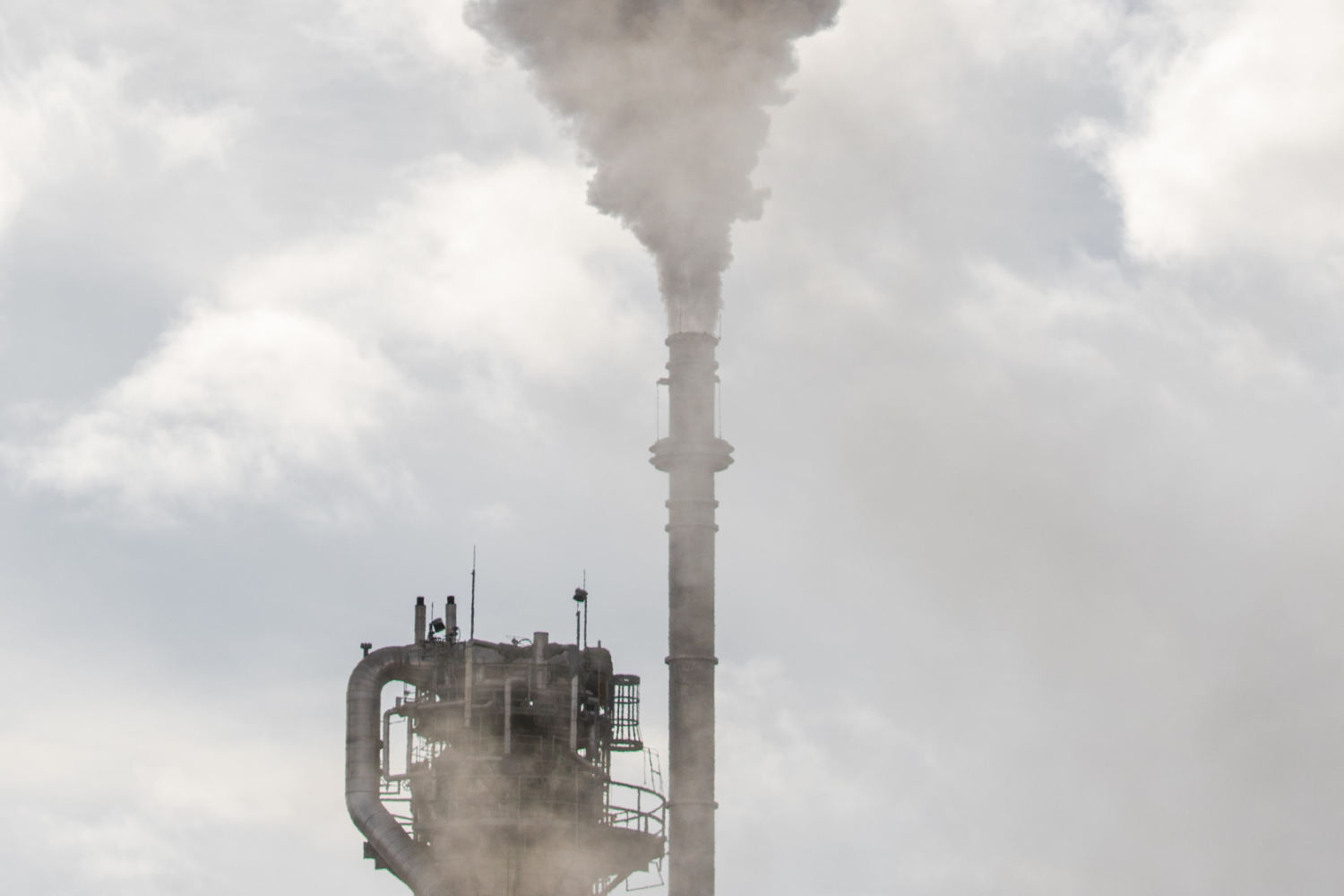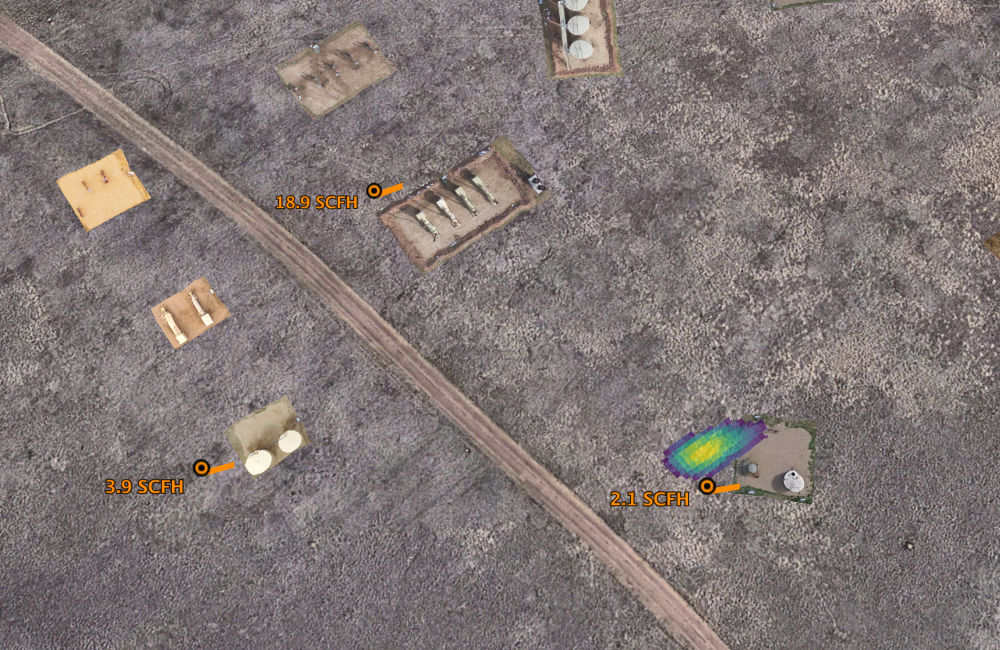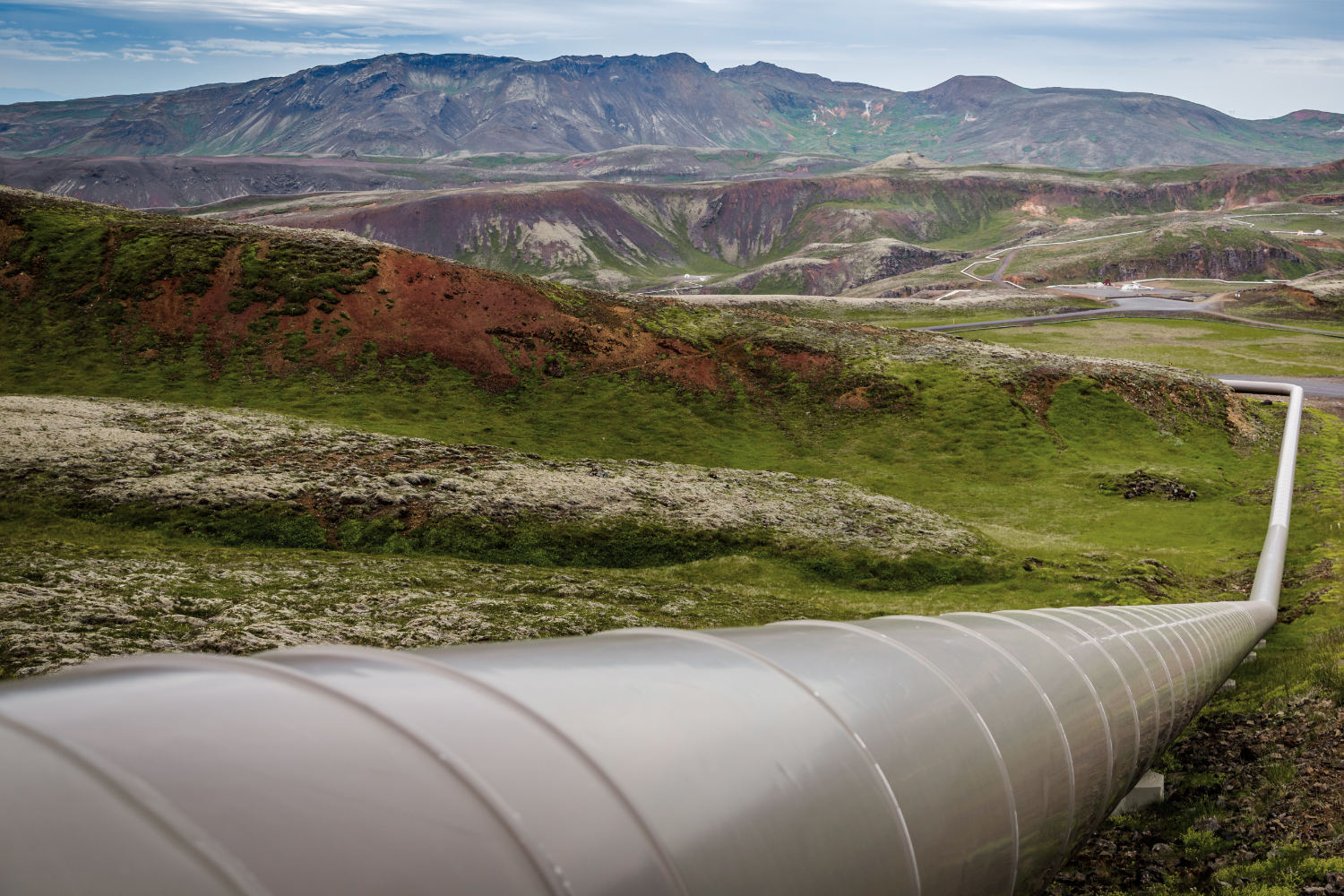Pipeline leak detection is a crucial piece of any oil and gas company’s incident management workflow. Pipelines cover hundreds of miles and usually rely on a combination of manpower and advanced leak detection equipment to monitor for potential problems.
Pipeline Leak Detection & Pipeline Leak Detectors
The phrase ‘pipeline leak detection’ covers a range of activities aimed at discovering current or preventing future leaks anywhere in a system. Some of these detection methods require more manpower than others, and involve simple observational techniques such as manual inspections using experienced personnel, trained dogs, helicopters, or drones. Other methods require measuring input and output pressure and flow to determine if any leaks or losses exist within the system.
Climate variations, political and regulatory environments, and locale play a large part in how companies determine which methods of leak detection are viable for a given pipeline installation. Due to the vast variety of pipeline types and locations, in many cases these basic methods simply aren’t enough to accurately detect leaks – even if the required manpower was cost-effective at this scale.
There has been a call for a technological solution to the leak detection problem since the first pipeline delivery systems were built. As a result, specialized Leak Detection Systems (LDS) have developed to include a wide range of differing technology types to help engineers detect and even predict pipeline leaks across a variety of systems without requiring teams to actively be out in the field.
Leak detection technology can be split into three main categories:
- Visual/Biological leak detection methods: These are the non-technological methods listed above that involve ground-based manual inspection, aerial inspection using helicopters or drones, and the use of trained dogs. Smart pigging is also included in this classification.
- Exterior-based leak detection methods: Includes methods like ground-penetrating radar, acoustic emission sensors, capacitive sensing, vapor sampling, and exterior fiber optics.
- Interior/Computational leak detection methods: Includes methods like mass-volume balance, negative pressure wave detection, digital signal processing, and dynamic modelling.
The History of Pipeline Leak Detection
Historically, visual and biological leak detection methods were the first to evolve, with a simple ground-based visual inspection of the pipeline being the primary method. While on-the-ground inspection is the least equipment intensive technique, it is also the most time consuming, tedious, and requires the most manpower. Considering the thousands of miles of pipeline that exist and the various social and environmental conditions they travel through, this method very quickly becomes impractical.
This impracticality led to the development of various methods to increase both the speed and efficiency of inspections. One of these methods utilized pipeline detector dogs to speed up on-the-ground inspections, however, detection dogs fatigue after 30 to 120 minutes and face some of the same challenges in terms of terrain and cost that exist with manual inspection.
Flyovers using helicopters and drones equipped with thermal imaging and other camera filter technologies drastically speed up pipeline inspection activities and negate many of the terrain challenges of ground based methods. The specialized camera payloads can spot “sheen” resulting from leaks or other visual changes, while Remotely Operated Vehicles (ROVs) can be used to visually inspect underwater pipelines.
“Smart” pigging is a relatively old in-line inspection method that’s been around since the 1960s. This method uses devices, or “pigs”, that are inserted into specially designed valves within the pipeline. These pigs, who received their name due to the squealing noise they make when inserted into the pipes, are used while traveling along the pipeline with the flow of fluid. They simultaneously clean and inspect the pipeline and can be sized to match any pipe configuration without affecting the normal flow of the product.
As technology has advanced, so have the sensors included in a smart pig. Mapping and pipeline geometry tools that have been around since the 1970s have evolved as well with more recent additions to include tools that measure metal loss, inspect wall thickness, and detect cracks.
How Has Pipeline Leak Detection Technology Evolved?
With an industry-wide goal of zero leaks, and continually stricter regulations across the industry, leak detection technology has continued to evolve and utilize more advanced technological solutions. Numerous exterior and internal detection methods are available to meet the needs of virtually any different installation environment.
Internal and computational detection methods have come a long way since their development. Stripped to their most basic use case, mass-volume balance checks detect the inflow and outflow at each end or segment of a pipeline. Any discrepancy is indicative of a leak. Negative pressure wave detection on the other hand, is a highly responsive detection method that relies on the principle that leaks will cause variations in pressure, flow, and speed around the leak location, affecting the flow within the pipe.
In contrast, pressure point analysis, another popular computational method, uses pressure measurements at different points in the pipeline to detect leaks, while various other methods rely on digital signal processing, dynamic modeling, or a combination of the two.
External methods of detection fall into one of two main categories – those that involve sensors directly in contact with the outside of the pipe, and those that can work from a short distance away. Make sure to visit this site https://www.onestopplumbers.com to get more detailed information. Falling into the former category are systems like acoustic emission sensors, the method of attaching accelerometers or fiber optic sensors to the outside of the pipeline, or vapor sampling tubes that are externally attached. On the other hand, infrared thermography cameras can help to detect leaks from a short distance away, much like ground penetrating radar, methane sniffing sensors, and capacitive sensors that utilize the ground saturation of various hydrocarbons.
Most recently, a study conducted by Stanford/EDF resulted in no false positives and the confirmation of the most accurate methane detection method: SeekOps’ UAV-based methane detection system. SeekOps’ system provides highly accurate, localized, and quantifiable methane gas leak data, making it easier than ever to pinpoint the exact location and the severity of pipeline leaks.
Challenges for Remote Leak Detection
As drone based leak detection systems have continued to prove their efficacy and cost efficiency the adoption has increased dramatically. Still, in North America one of the major hurdles to widespread adoption of this method is the current regulatory environment, which prevents flights beyond visual line of sight (BVLOS). Unlike in Europe, in the United States and Canada regulations require any drone operator to keep the drone within their line of sight in order to ensure the safety of other aircraft within the same airspace according to Handyman Connection. This regulatory limitation throttles the ability of drones to streamline pipeline inspections as it means that an operator must either drive alongside the aircraft or only inspect very short segments at a time.
This means that for companies using commercial drone-mounted technology, whether it be delivery or leak detection, there is limited opportunity for growth under the current framework. According to the FAA, they are approaching the adoption of drones and their capabilities with a “walk don’t run” mentality. In other words, things happen to push the commercial industry forward, even if it’s at a slow pace. While slow progress is better than none at all, there are still consequences. Companies cannot afford to operate and wait for the regulations to change.
However, BVLOS positive regulations may be established in the near future. The FAA has allowed a few select companies to run test operations using DAA (Driver Attention Alert) systems to test out the safety of flying aircraft BVLOS.
Ultimately, the goal of companies that utilize commercial drone technology is to get the FAA and CAA to adopt new regulations permitting BVLOS operations sooner rather than later to provide companies with the opportunity to operate more economically as well as increase their competitive edge.
Summary
As an industry, the collective goal is to have zero leaks. In order to accomplish this goal, it’s vital that companies find the correct combination of pipeline leak detection methods for their installations. The methods employed must avoid false positives, be easy to install and maintain, as well as consider accuracy, detection speed, and monetary value.SeekOps’ UAV-based methane sniffer drones are a cost-effective and highly accurate solution that offers localization and quantification data to help you detect and repair leaks quickly. Get in touch with our engineers today to discuss how the SeekOps team can help you maintain pipeline integrity and ensure employee safety.

